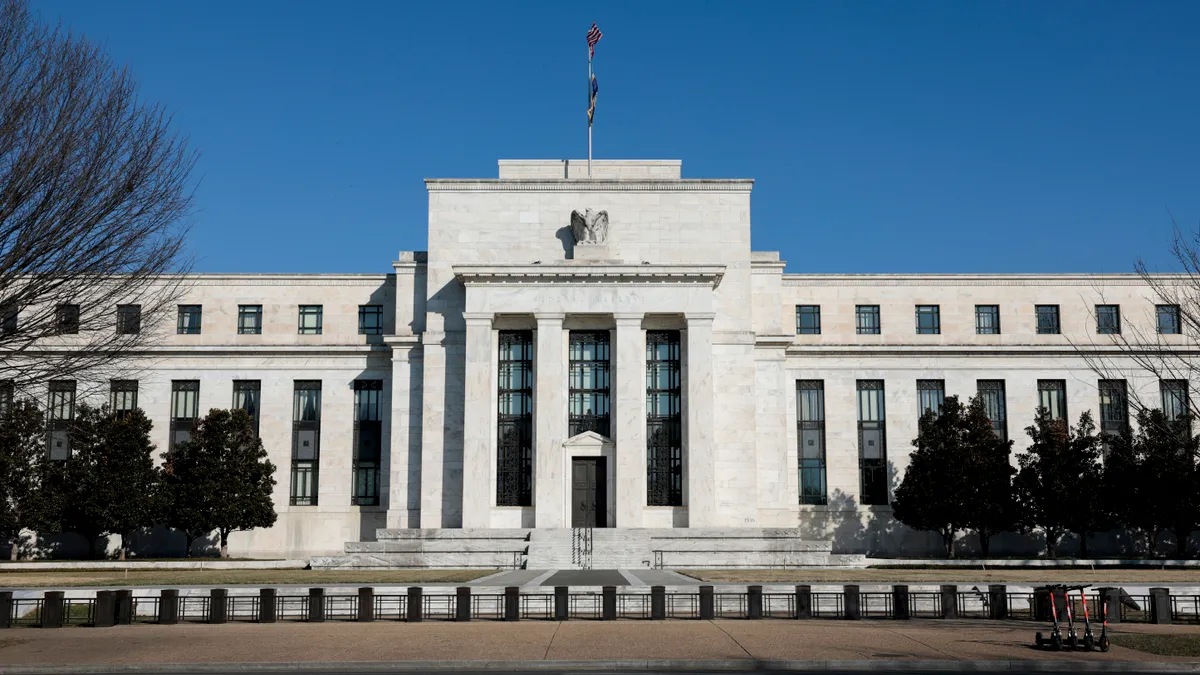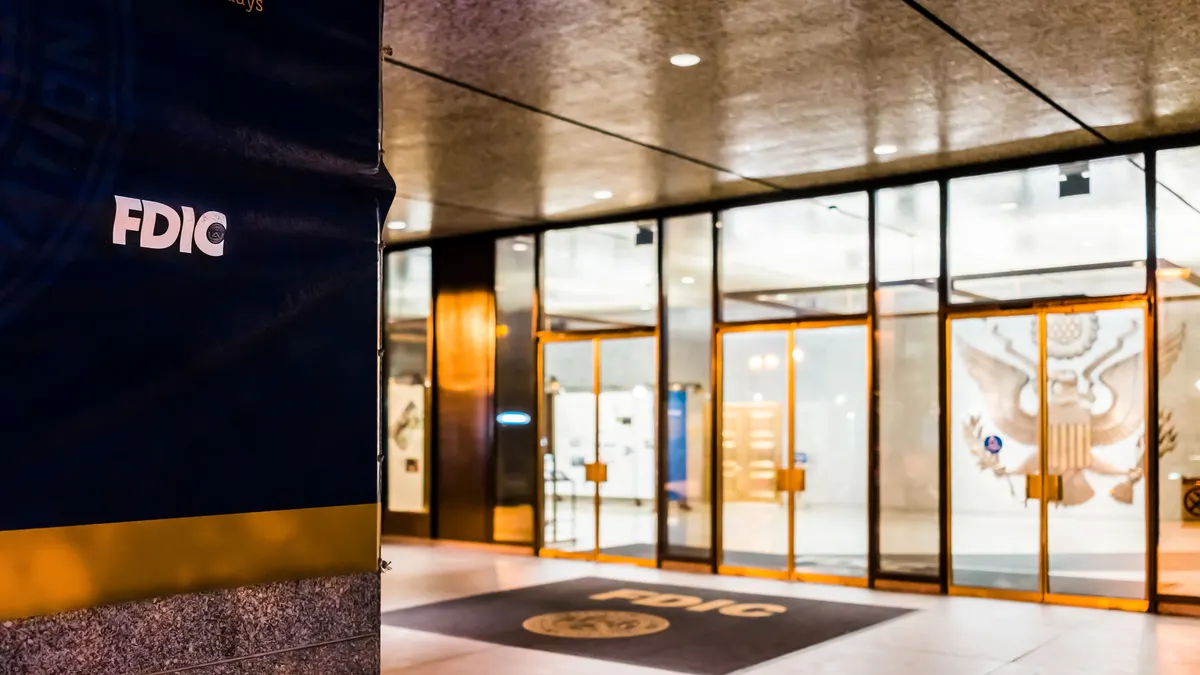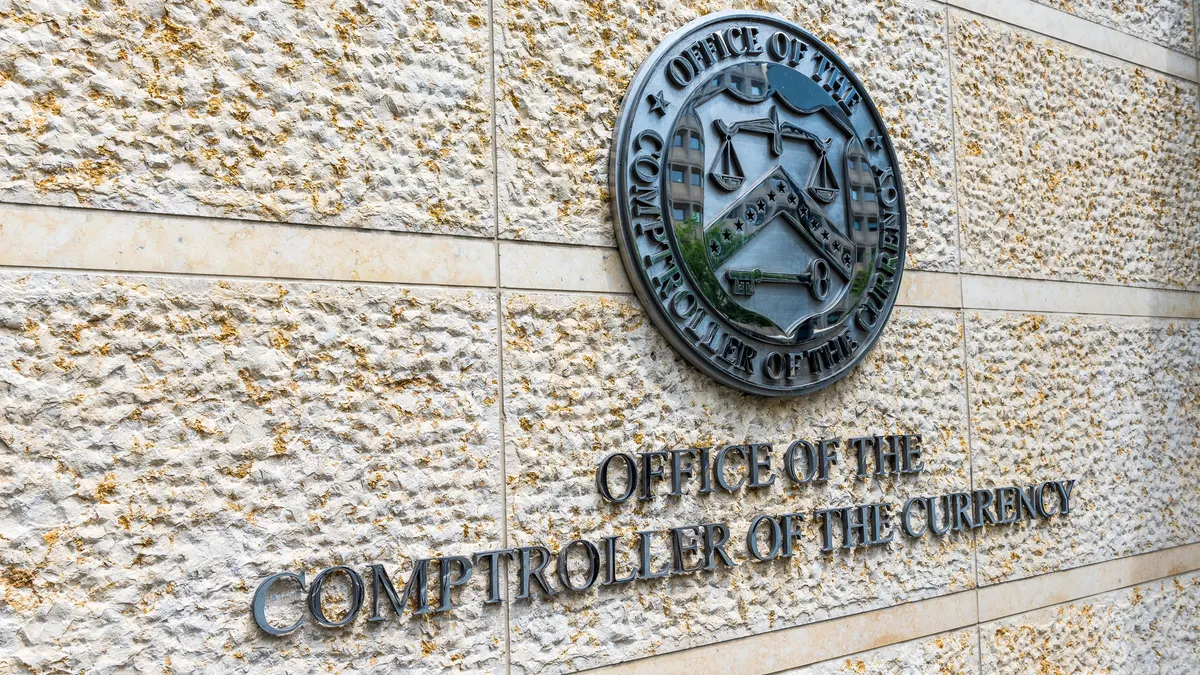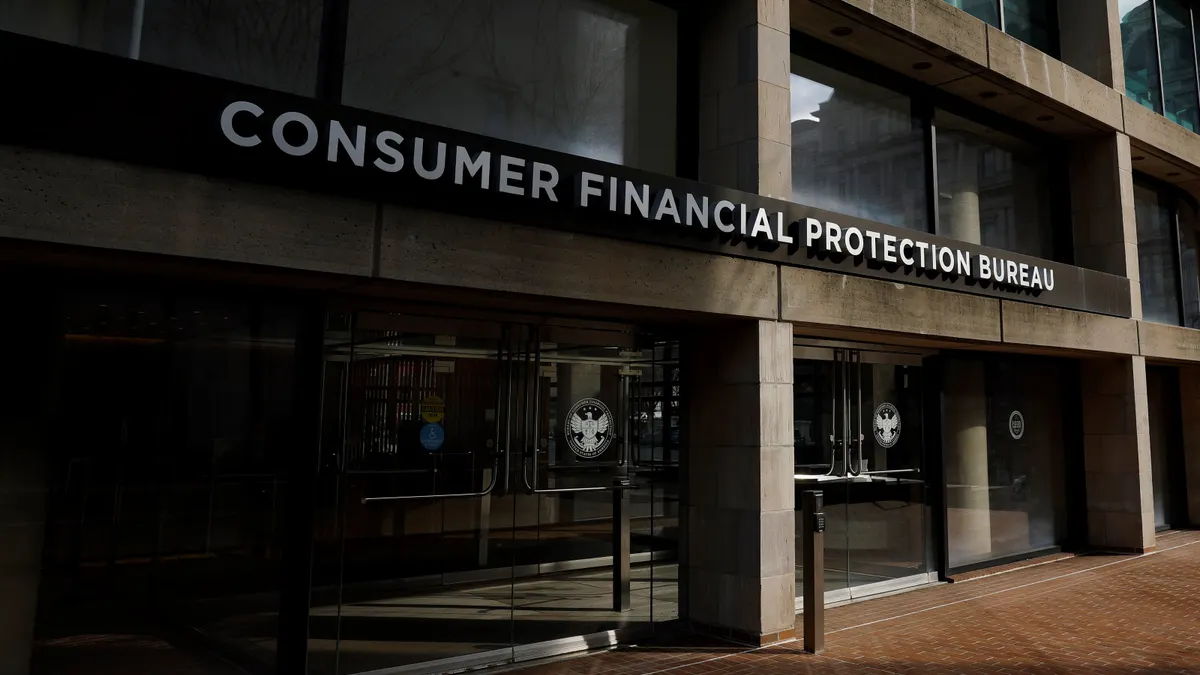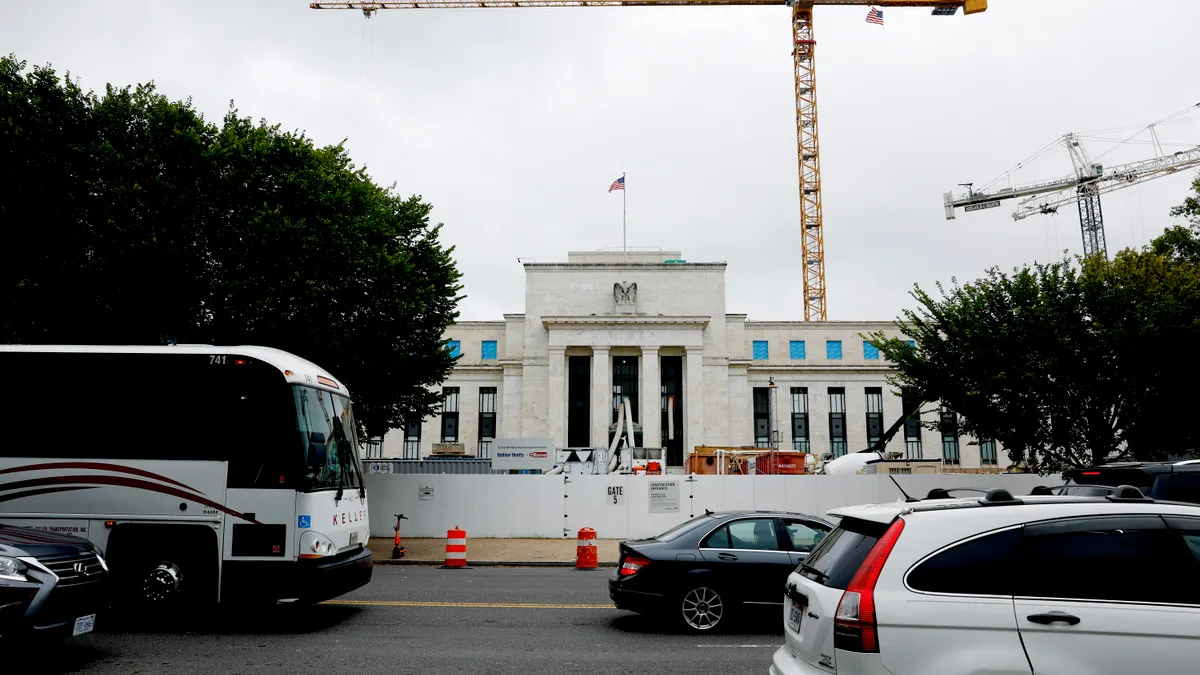The years-long battle over how the Community Reinvestment Act should and should not be revised passed another milestone Tuesday, as the Federal Reserve, Federal Deposit Insurance Corp. and Office of the Comptroller of the Currency issued their latest final rule to update the 1977 anti-redlining law for, effectively, the first time in nearly three decades.
Not that regulators haven’t tried. Trump-era Comptroller Joseph Otting pushed a 372-page revamp of the rule in 2020, then promptly resigned. The measure drew flak for not garnering the support of the Fed or the FDIC, and the OCC’s current acting chief, Michael Hsu, rescinded the Otting update before the three regulators floated a multiagency proposal in May 2022.
Some of Tuesday’s provisions had long been telegraphed. The rule, for example, takes into account banks’ online presence, requiring banks to lend in lower-income communities where they have a concentration of mortgage and small-business loans, rather than just where their branches are.
Tuesday’s rule also solidifies changes to bank size classifications — defining small banks, for CRA evaluation purposes, as those with less than $600 million in assets — up from $376 million. Banks with more than $2 billion, meanwhile, will be considered large, and those between $600 million and $2 billion will be intermediate.
Large banks will be tested in four areas: retail lending, community development finance, retail services and products, and community development services. The new retail lending test will apply to intermediate banks, but those banks can opt to be evaluated using existing community development benchmarks or new ones. CRA evaluation for small banks will remain the same, unless they opt in to the retail lending test.
In a change from the May 2022 proposal, retail lending and community development financing will carry equal weight for large banks.
The retail lending and community development financing tests also will contain new metrics, comparing banks based on peer and demographic data.
Most of the rule’s requirements will go into effect Jan. 1, 2026, with some outliers extending to 2027.
Predictable reactions
The rule spurred no lack of comments, ranging from the predictable to the outright surprising. For example, it would likely surprise no one that Michael Barr, the Fed’s vice chair of supervision, called the final rule a “win-win for all.”
“Fair lending is safe and sound lending, and the CRA regulations we promulgate today will help make the financial system safer and fairer,” he said.
Hsu, meanwhile, argued the revised rule would “strengthen trust in the banking system.”
“While there is still work to do, the industry’s performance during the pandemic, in particular banks’ facilitation of PPP loans, gave many consumers and small businesses a renewed sense that their bank understands and will be there for them,” he said. “Strong support for this modernized and strengthened CRA will reinforce that sentiment.”
Likewise, banking trade groups have generally reacted cautiously to grand-scale change.
“We appreciate the attempts by the agencies to bring clarity and transparency to how banks are evaluated under CRA requirements,” Consumer Bankers Association CEO Lindsey Johnson said in a statement. “At the same time, some of the updates to the CRA could unintentionally impact the consumers we are all trying to help. We urge regulators to take a hard look at compliance burdens give the complexity of the new rule.”
American Bankers Association CEO Rob Nichols said his organization is “still reviewing the nearly 1,500-page final rule released today, including changes from the proposed rule, to assess whether it meets our criteria.”
“We are also closely examining whether the final rule can be reconciled with other major regulatory changes in play, including the Basel III capital proposal,” he said. “The test for a CRA modernization rule is whether it incentivizes investment in underserved communities with requirements that are transparent, promote consistency and align with congressional intent.”
While the National Community Reinvestment Coalition called Tuesday’s rule “a victory for economic justice,” CEO Jesse Van Tol said the group would be “poring over this vast document with a keen eye for areas where rulemakers may have fallen short — including on the explicit consideration of race in CRA implementation.”
“It is a deep disappointment that these new final rules still fail to make the racial wealth equity goals of the law explicit, even as the agencies appear to have made great strides in fixing a broken system that permitted blatantly discriminatory banks to receive ‘Outstanding’ grades for atrocious performance,” Van Tol said.
Political divide
More than any other regulation, the CRA has perhaps spotlighted the political divide within regulatory bodies: Otting, a Republican, pushes a CRA revamp. Hsu, a Democrat, rescinds it.
And Tuesday brought no shortage of Republican dissent to a Democrat-led final rule. Fed Gov. Michelle Bowman objected to the rule on several points. Among them:
1. CRA ratings.
Based on changes to the retail lending test alone, nearly 10% of banks would be rated “needs to improve” based on data from 2018 to 2020, Bowman said. That’s a tenfold increase — and leaves banks rated as such with no way to get to a satisfactory rating (needed if it wants to engage in mergers or acquisitions) without forcing the bank to change its business plan, she said.
“This seems like regulatory overreach, and as I have already noted, there is little evidence that banks are not currently meeting the credit needs of their communities,” Bowman said.
2. Lending consequences.
The increased cost to comply with the rule, especially for community banks, could push some institutions to reduce lending.
Additionally, “the new requirement for large banks to include an entire county instead of a partial county as an assessment area, may create disincentives for banks to continue lending in these areas,” she asserted.
3. Revised thresholds.
“The final rule essentially applies the same evaluation for a $2 billion bank as it does for a $2 trillion bank,” Bowman said. “The lack of recognition that these banks are fundamentally different, with different balance sheets and business models, misses an important opportunity to appropriately tailor CRA expectations to a bank's size, risk, service area, and business model.”
4. Fuzzy data.
“It is not appropriate for the banking agencies to materially increase the requirements on banks resulting in a downgrade of currently satisfactory performance to ‘Needs to Improve’ without a thorough, data-supported analysis that justifies a recalibration evidenced by actual shortcomings in bank activities,” she said. “The final rule contains no discussion or explanation for why currently satisfactory practices will no longer be satisfactory.”
Bowman did take the time to note what she saw as the rule’s positives, such as including a list of community development activities that qualify for CRA credit.
But she characterized the rule as “unnecessarily complex” and “overly prescriptive.”
“I would have preferred that we more fully address these issues and publish a new proposed rule for comment,” she said.
Tuesday’s rule marked perhaps a departure, though, in that Bowman’s fellow Fed Republicans — most notably, Gov. Christopher Waller — didn’t second the dissent.
“While no rule will be perfect on every dimension, overall, this rule is an improvement in that it continues to support community reinvestment as required by law while providing more clarity to banks on the criteria needed to comply with the CRA,” Waller wrote.
Mehrsa Baradaran, a law professor whose name has circulated in connection with various regulatory openings during the Biden administration, appeared to echo the conclusion that a CRA update was better than no CRA update.
“It’s good to have updates to remind banks that the problem of redlining is out there, but the CRA has never been up to the task,” she said, according to Bloomberg. “It had never been a robust response to the problem.”



